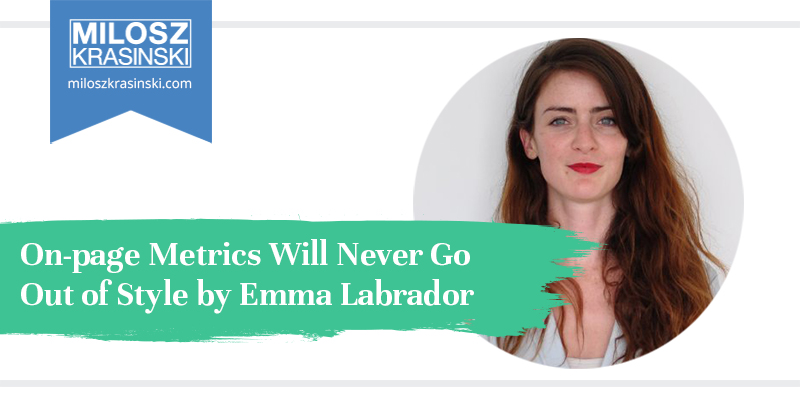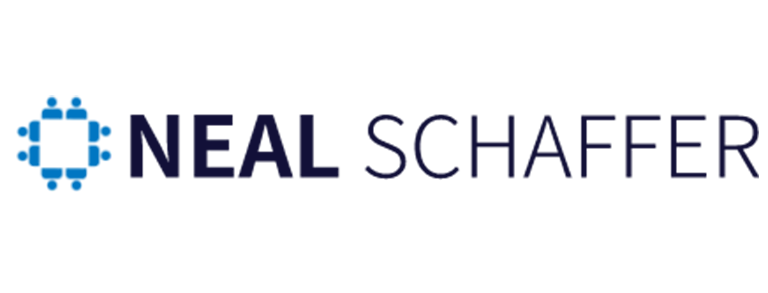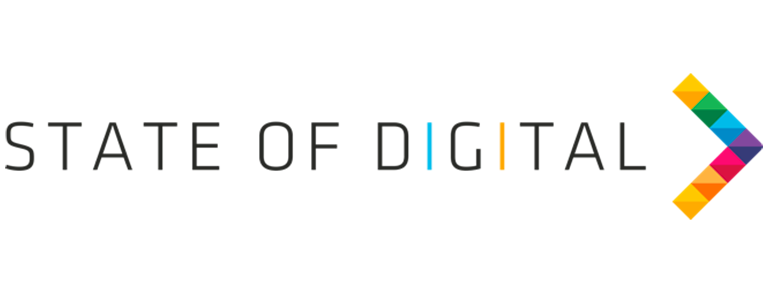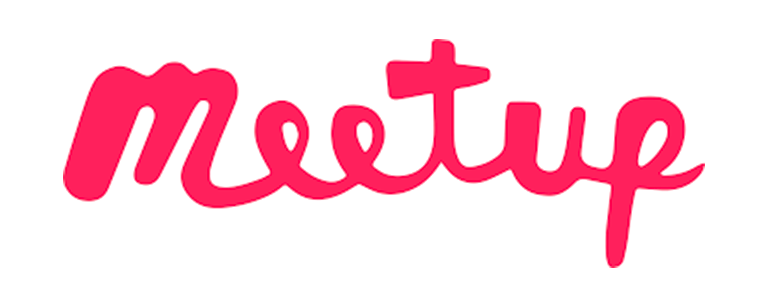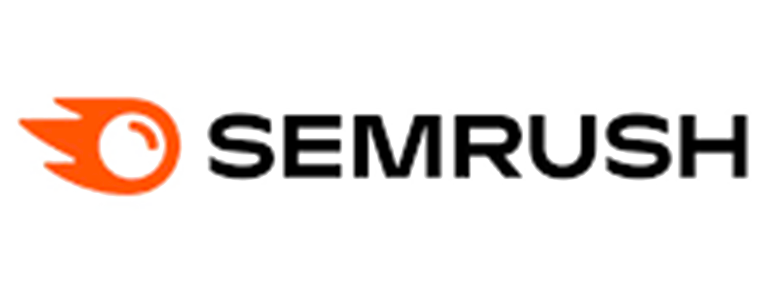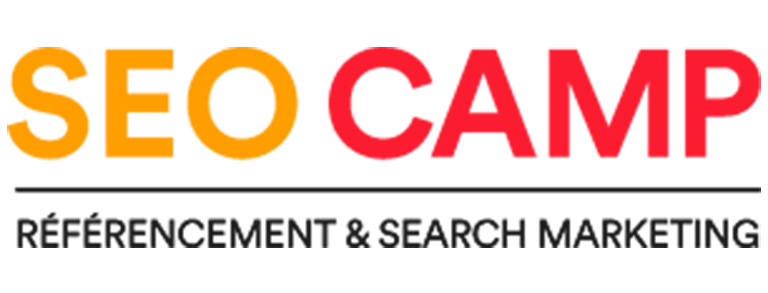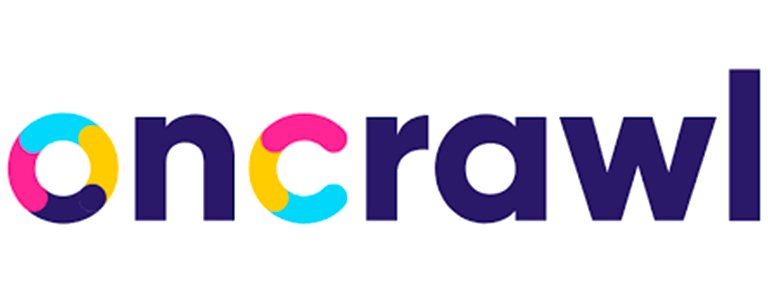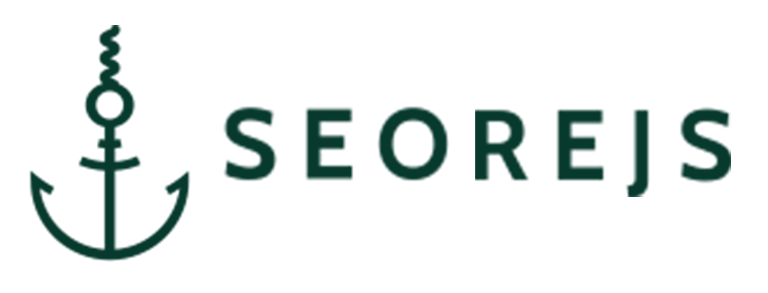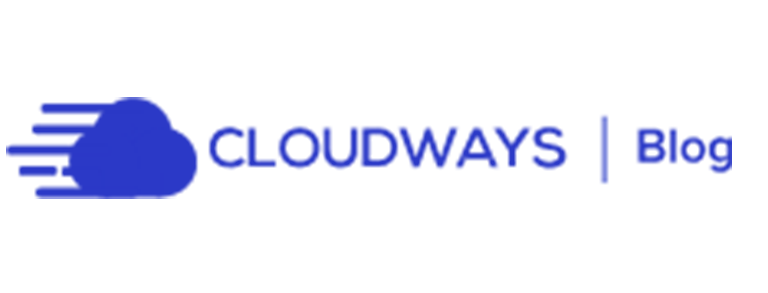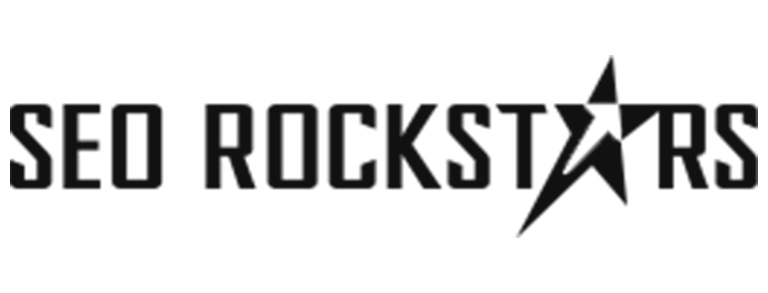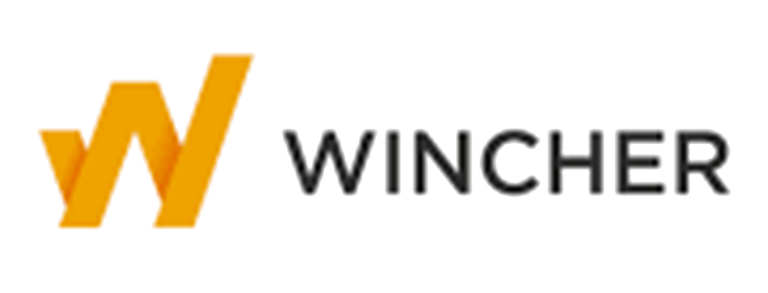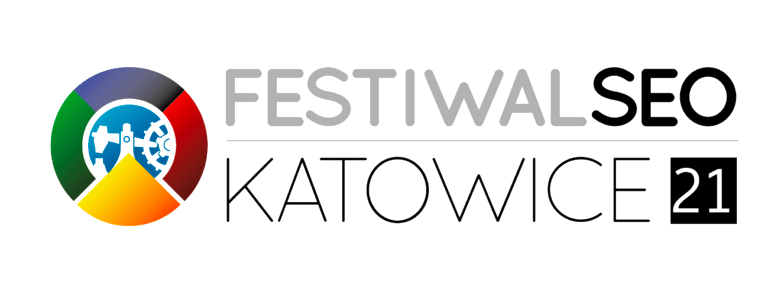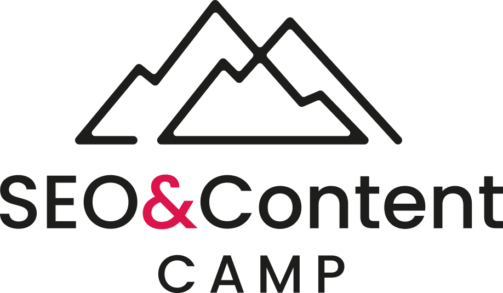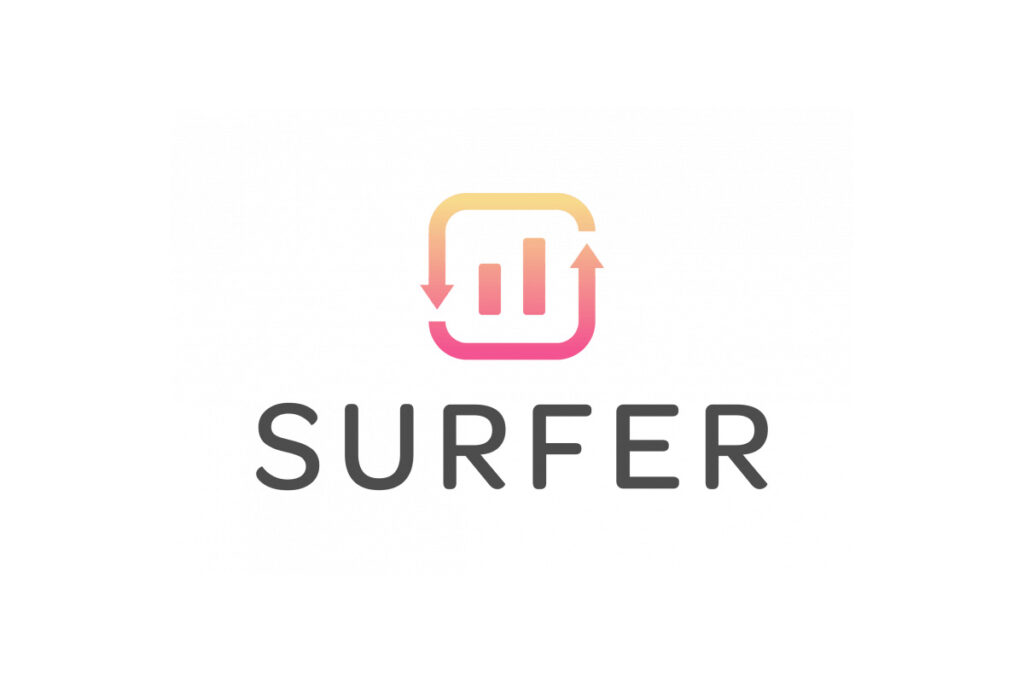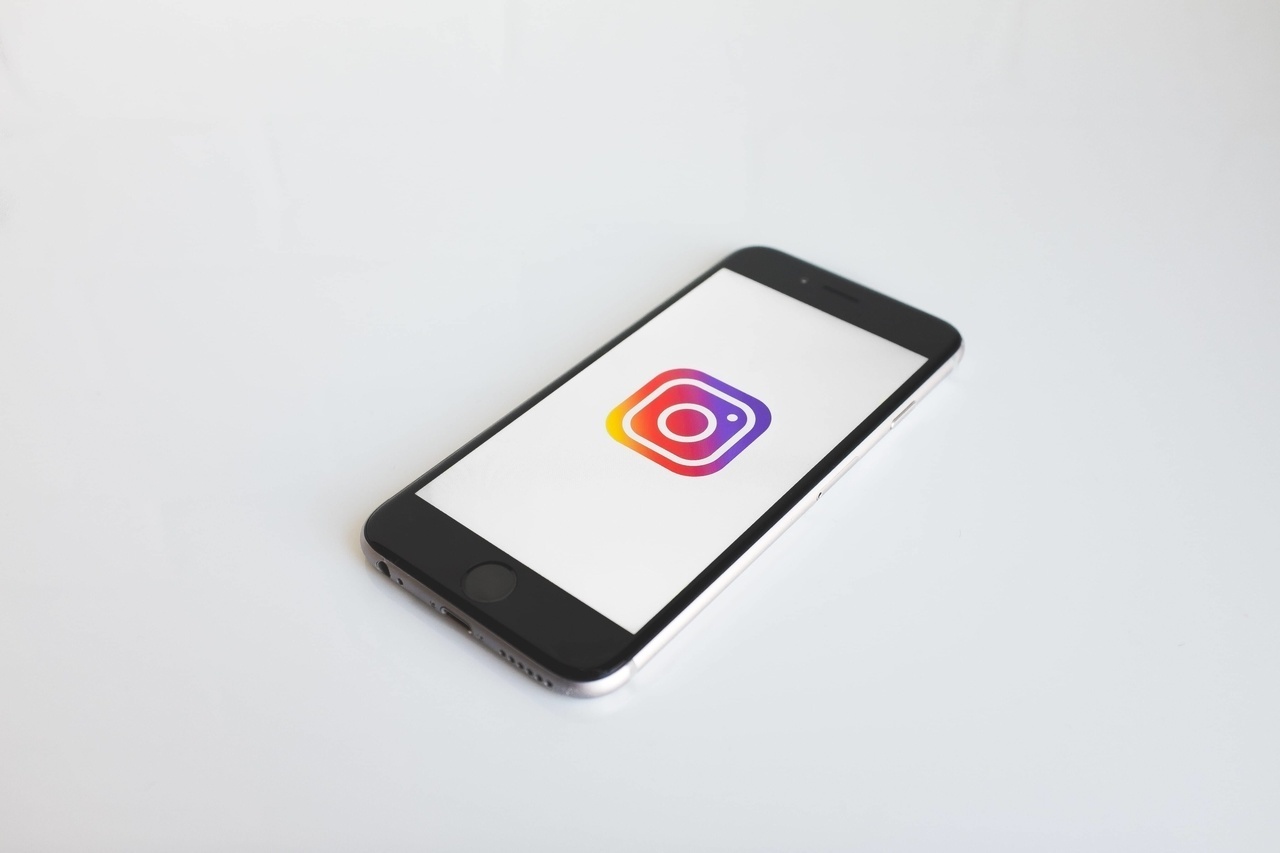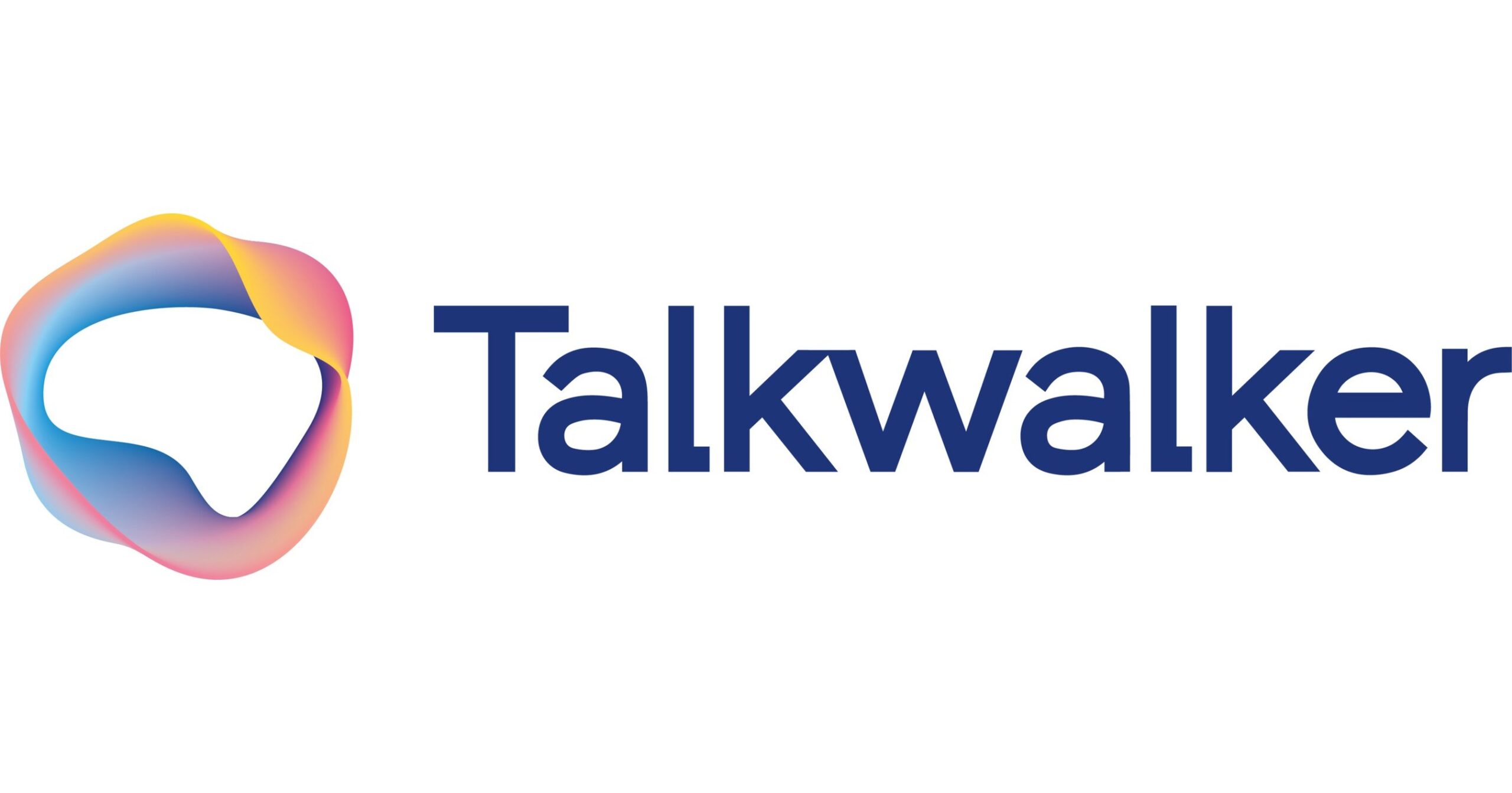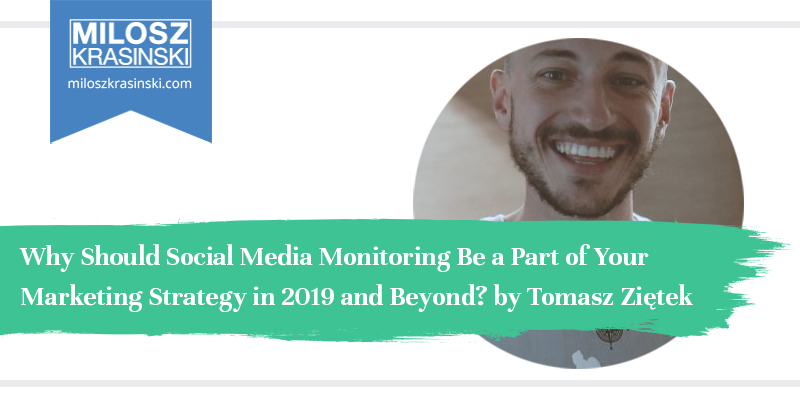“Best practice never goes out of fashion. Despite all of the Google updates, we have some constants that never change.”
Andy Drinkwater IQSEO
Many people start out in SEO by looking at on-page metrics: those elements on a page itself that help boost that page’s SEO.
On-page SEO includes everything from filling out a unique title and a meta description of the right length, and checking the headers (H1, H2…) on the page; to looking at keyword density and word count; or even to addressing page errors or speed issues for this particular URL.
But when we’ve gotten used to conducting audits, exploring structured data, or tackling indexing problems, on-page metrics might start seeming too basic to be interesting.
How can meta descriptions hold up to internal and external linking strategies, especially when we know that Google rewrites “a lot” of descriptions and uses links to determine page importance?
Why pay attention to word count (which isn’t even a ranking factor) when you could be looking into why Google isn’t crawling certain pages.
The answer is simple: pages with optimized on-page metrics rank better.
They drive both more visits from the search results and more on-site conversions. Let’s look at why.
On-page optimization earns top rankings
“On-page optimisation is indispensable if you want to make sure that your website pages are structured for both humans and crawlers. Good technical SEO will elevate the results of your content creation.”
Omi Sido | SEO International Consultant
Google’s ranking algorithms today are weighted to favor factors like search intent, content quality, and authoritativeness.
But competition is heavy for many top keywords, and the differentiating factor in many cases is found in the URL’s on-page optimization.
On-page factors also play confirmed roles in ranking for specialized search types:
- For mobile search, we know that page speed is a ranking factor used starting in July, 2018.
- For image search, according to the Google Images best practices, the on-page factors of the page where the image is found–specifically the optimized title and meta description–, the image URL, file name, and its alt text are all used in order to rank the image for Google Image search.
- For local search, in 2018, on-page ranking factors including the presence of Name-Address-Phone and optimized title, and H1 tags, were found to be the second most influential group of factors for local organic results, or the fourth most influential group for the local pack.
This type of relationship can be seen for almost all on-page factors, on almost all websites.
For example, URLs that load more quickly are more likely to be ranked better; URLs with structured data are also more likely to rank better; and so on.


On-page optimization wins more clicks
On-page factors, from elements that strongly influence the page’s appearance in the SERPs to content elements that help Google decide which search queries to match your URL to, are key to earning those clicks.
Google admits that the title and meta tags are only one source used to create the text in the search results for a URL:
Google’s generation of page titles and descriptions (or “snippets”) is completely automated […] We use a number of different sources for this information, including descriptive information in the title and meta tags for each page.
Source: Google
But regardless of whether or not Google rewrites titles and descriptions, duplicating them or leaving them blank won’t help your case.
The less you optimize titles, descriptions, and the page’s H1, the fewer visits the page will get:



Pages with empty or duplicate H1, titles, and descriptions are less likely receive organic visits, and they receive fewer organic visits than pages with optimized tags. Chart source: OnCrawl.
Optimized tags also have an influence on the click-through-rate itself, not just the number of visitors. For example, longer descriptions on this site have better CTRs (lighter colors) throughout the site:
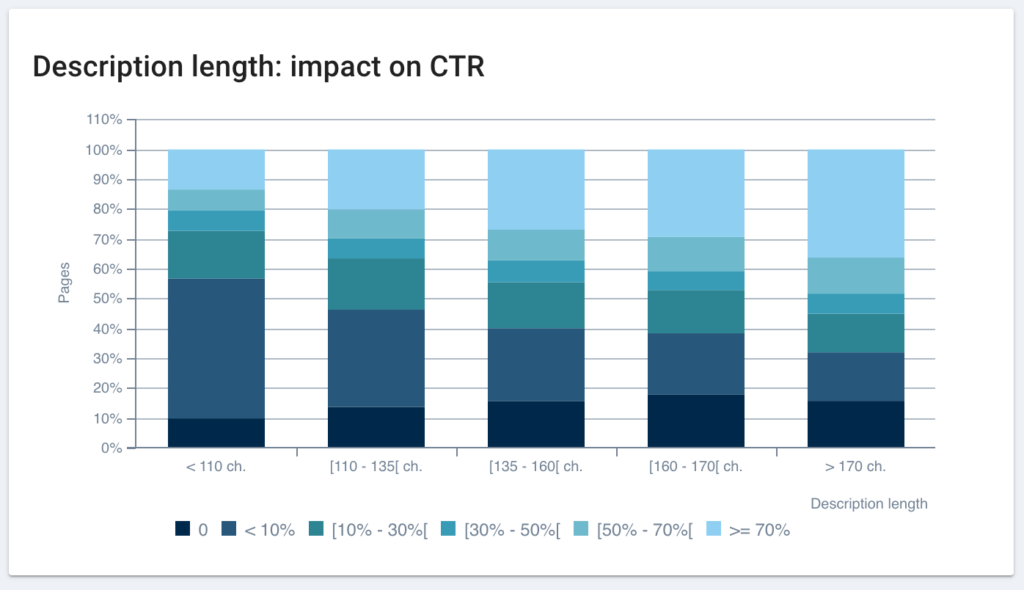
Impact of description length on click-through-rate. Chart source: OnCrawl.
When we use the number of organic visitors to evaluate content length, most sites show a strong correlation. This might be a positive correlation, in which a higher word count corresponds to a higher number of visits:


Examples of positive correlations between word count and SEO performance. Chart source: OnCrawl.
Or it might be a negative correlation, in which shorter pages systematically gain more visits coming from the SERP:

Examples of negative correlations between word count and SEO performance. Chart source: OnCrawl.
Word count, in these cases, is often closely linked to the search intent on the page, and can serve as an easy-to-measure indicator of whether or not pages are correctly matched to the search intent they are intended to serve.
In other words, the page with the on-page factors that make it look like it can best respond to the search query will gain the most visitors.
On-page optimizations drive more conversions
“Structures are key to how we are able to process and understand content. Headings neatly summarise the overall content and subheads divide that into digestible chunks enabling us to consume written content, and that’s not going to change for a long time. Likewise structured data is the key to enabling systems to understand that content.”
Simon Cox | UK Technical SEO Consultant
On-page optimizations also aim at improving the user’s experience on an individual page in order to encourage the user to accomplish the tasks required for conversion.
The users’ experience on the landing page when coming from the SERP is key to whether they will continue or abandon their journey on the site.
Some of the on-page factors that come into play at this point include:
- Adapting the page to the right stage of the user journey:
- Number of words
- Improving classic useability factors:
- Improved page speed
- Image optimization
- Making it easier to scan the page and understand its content:
- H1 followed by multiple H2
- Structured data, including tables and lists
- Thematic and keyword focus
Whether the conversions on your website are reading to the end of an article, contacting the website owner or leaving contact information, or even completing a purchase, optimized on-page factors make it easier and more likely for a visitor to convert.
In conclusion
While on-page metrics aren’t the most exciting of the bunch, they are still ranking factors.
They also can be demonstrated to correspond to more Googlebot hits, better rankings, more organic sessions, and better click-through rates.
They are closely tied to Google and the user’s ability to estimate whether or not your page is a good candidate as a response to a search query.
As one of the easiest elements to audit and to improve, on-page metrics can both serve as quick wins when improving a website, and as cries for help when you notice errors.
And perhaps most importantly, the URL with on-page optimizations is better suited to the user intent it is built for, which makes it a better response to intent-based queries.
In short, today is not the day to ignore on-page metrics.
About OnCrawl
OnCrawl is an award-winning technical SEO platform that helps you make smarter SEO decisions.
OnCrawl combines your content, log files and search data at scale so that you can open Google’s blackbox and build a SEO strategy with confidence.
Backed by a SEO crawler, a log analyzer and third-party integrations, OnCrawl currently works with over 800 clients in 66 countries including e-commerce websites, online publishers and travel websites.
